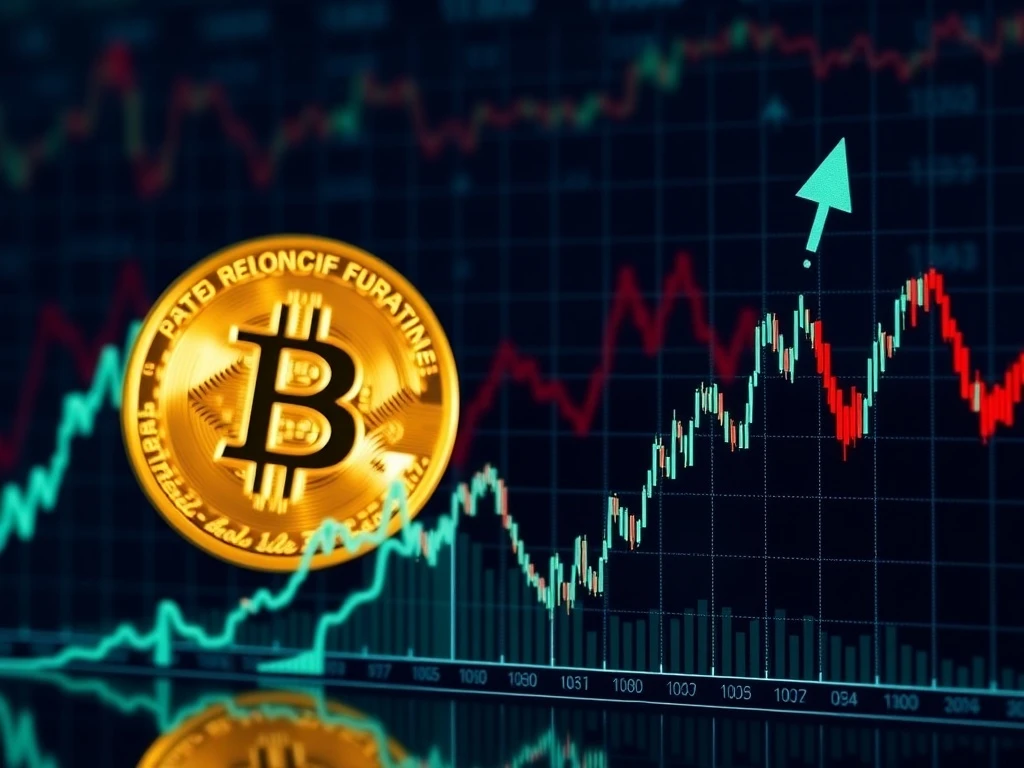PCE Inflation Surges 0.3% in June: Fed Holds Rates Steady Amid Market Turmoil

The latest U.S. PCE inflation data shows a 0.3% rise in June, adding fuel to market uncertainty as the Federal Reserve holds rates steady. For cryptocurrency investors, this signals potential volatility ahead.
How PCE Inflation Impacts Cryptocurrency Markets
The Personal Consumption Expenditures (PCE) index, a key inflation gauge, rose 0.3% in June, exceeding expectations. This development has significant implications for Bitcoin and altcoins:
- Inflation erodes fiat currency value, increasing Bitcoin’s appeal as a hedge
- Fed rate decisions influence investor risk appetite for crypto assets
- Gold’s price surge may indicate growing safe-haven demand that could benefit crypto
Fed’s Cautious Stance: What It Means for Crypto
The Federal Reserve maintained its benchmark rate at 4.25-4.5% for the fifth consecutive meeting. This “wait and see” approach creates both challenges and opportunities for cryptocurrency traders:
| Factor | Impact on Crypto |
|---|---|
| Persistent inflation | Potential increased BTC demand as hedge |
| Stagnant wage growth | Reduced retail investor participation |
| Political pressure on Fed | Market uncertainty favoring volatility |
Market Reactions: Gold Surge Signals Crypto Opportunity?
As investors sought safer assets, gold prices climbed 1%. Historically, Bitcoin has shown correlation with gold during periods of economic uncertainty, suggesting crypto markets may see increased activity.
Actionable Insights for Crypto Investors
With inflationary pressures persisting, cryptocurrency traders should consider:
- Diversifying into Bitcoin as potential inflation hedge
- Monitoring Fed statements for policy shift signals
- Watching service sector inflation for economic health indicators
Conclusion: Navigating Crypto Markets in Inflationary Times
The latest PCE data confirms ongoing inflationary pressures while the Fed maintains its cautious stance. For cryptocurrency investors, this environment presents both risks and opportunities. Staying informed about macroeconomic trends remains crucial for making strategic investment decisions in volatile markets.
Frequently Asked Questions
How does PCE inflation differ from CPI?
PCE measures price changes across all consumer goods and services, while CPI focuses on urban consumers. The Fed prefers PCE as it covers more spending categories.
Why is the Fed holding rates steady?
The Fed wants more data on how trade policies and service sector inflation develop before making rate adjustments.
How might Bitcoin react to continued inflation?
Historically, Bitcoin has shown mixed reactions to inflation news, sometimes rising as a hedge but also falling with broader risk assets.
What crypto strategies work best during Fed uncertainty?
Dollar-cost averaging, portfolio diversification, and focusing on long-term fundamentals tend to perform well during policy uncertainty.
When might the Fed consider rate cuts?
Most analysts don’t expect cuts until there’s clear evidence inflation is moving sustainably toward the 2% target.
How does wage growth affect crypto markets?
Strong wage growth could increase retail crypto investment, while stagnation may limit new money entering the market.








